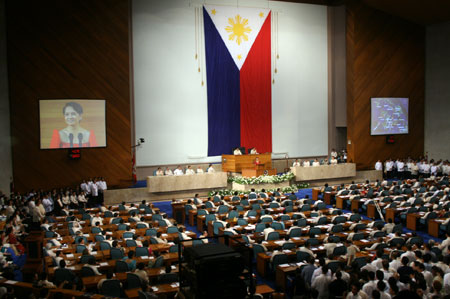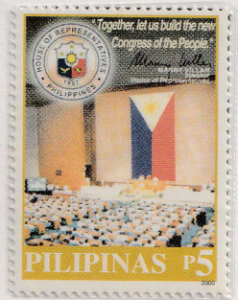Trivia about the House of Representatives
The history of the Philippine legislative system began with the unicameral Malolos Congress during the short-lived Philippine Republic of 1898-1899. In 1901, an all-American appointed Philippine Commission was established which evolved into a bicameral, Filipino-controlled legislature created by the Jones Act of 1916. This lasted until November 1935 when the Commonwealth Government was inaugurated. Under the 1935 Philippine Constitution, which had been drafted according to the Tydings-McDuffie Act of 1934, the bicameral Philippine Legislature was replaced by a unicameral National Assembly. In 1941, the Constitution was amended to restore the bicameral legislature which came to be called the Congress of the Philippines.
Except during the Japanese-sponsored Philippine Republic from 1942-1945, the Congress functioned as the national legislature until September 1972 when President Ferdinand Marcos placed the country under martial law. As a consequence of the proclamation of the new Constitution on January 17, 1973, Congress was abolished and replaced by a unicameral National Assembly (Batasan Pambansa).
The bloodless coup of February 22-25, 1986 brought forth a new regime. President Corazon Aquino, backed by a coalition of forces on the left and right of the spectrum, formed a new government. A chain of events dramatically ushered in the rebirth of the old bicameral Congress, composed of the Senate and the House of Representatives.
The restored Congress of the Philippines resumed its role as the lawmaking body of the country on July 24, 1987, after the ratification of a new Constitution by the Filipino people on February 2, 1987. Since then, the Congress has evolved into an effective and dynamic partner of the executive and judiciary in the development and growth of the Philippines.


Recent Comments